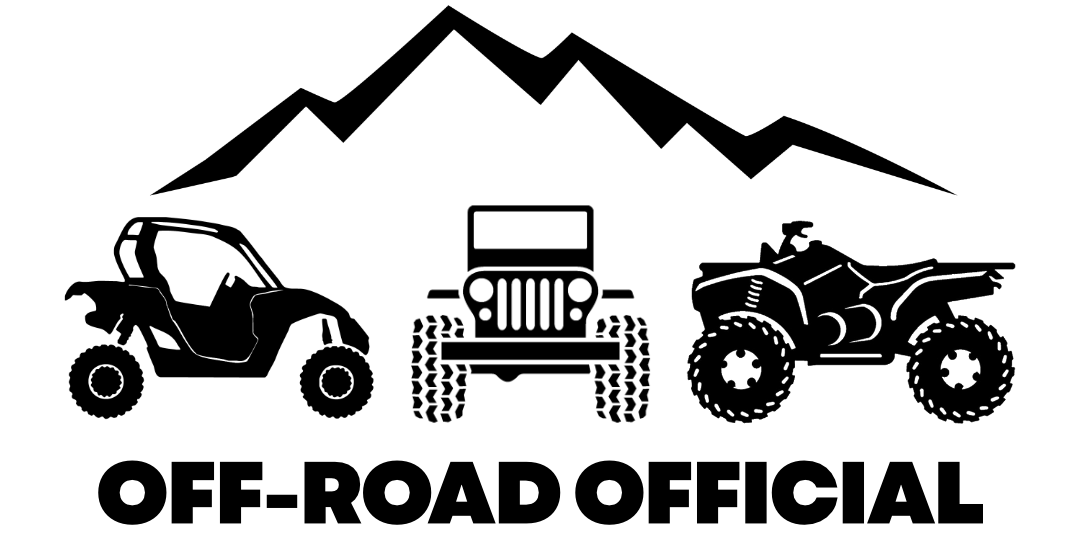Kayo’s line of ATVs are considered some of the best values in the youth ATV industry by those looking for an entry-level quad.
But are they actually good quality, or just priced cheap?
A review of Kayo ATVs will help answer that question, but one thing is for sure – these models do experience some common problems that drive owners a little crazy.
The five most common problems you’ll run into among the line of Kayo ATVs are:
- A defective stock carburetor
- Lack of speed and power out of the box
- Issues with wet clutches
- Stock chain is too loose and pops off
- No-start problems
This guide will detail each problem, along with proven ways to prevent or overcome them when they occur.
Defective Carburetor
The stock carburetor is undoubtedly the weakest link in Kayo ATVs, and review of the Kayo Fox 70 shows it especially affects that model.
These carburetors are usually the culprit of some recurring issues with these four wheelers including:
- Hard starting
- Stalling
- Rough idling
- Poor acceleration
Fortunately, there are some ways to overcome the symptoms of the defective carburetor.
Upgrade the Carburetor
Most owners go with the easiest solution to the issue with the stock carburetor, which is simply to replace it with an upgraded unit.
There are a number of different replacement carbs available online for purchase depending on the model, but the highest recommended for Kayo ATVs is the Nibbi 26mm carburetor.
This carb will fit most Kayo models and will eliminate most of the symptoms above.

Adjust the Idle on The Carburetor
If not replacing the stock carburetor, the idle will need to be adjusted in order to have your machine running the way it is intended to.
To do this, locate the idle adjustment screw on the right side of the quad.
This adjustment screw is located within a brass fitting and covered by a black rubber cap that fits over top.
Pop out the rubber cap to expose the flathead adjustment screw within the brass fitting.
You can completely remove the brass fitting using a pair of pliers to gain better access to the screw if need be.
Using a small flathead screwdriver, back the adjustment screw out a couple of turns to loosen it. Reinstall the brass fitting.
You may need to adjust the idle a few times until you find the proper setting, but simply loosening this adjustment screw should help alleviate the issues caused by the defective stock carburetor.
Lack of Speed and Power
Among the Kayo models geared at younger riders, most of them do not have much low end power out of the box, mainly as a safety precaution.
Many owners are disappointed to find that their quads will barely make it up low grade hills even with small children driving.
This issue can usually be fixed by simply adjusting the throttle limiter, but in more extreme cases by replacing the factory sprockets to provide more power.
Adjust the Throttle Limiter
The easiest way to increase the speed, acceleration and power in Kayo four wheelers is to adjust the throttle limiter that restricts all of this initially.
On the back of the throttle box of these ATVs, there is an adjustable bull nose screw. This is your throttle limiter, and it comes fully tightened to start.
To adjust the throttle stop, unscrew it counter clockwise. You may need to use pliers to do this.
The more you unscrew this, the more play the throttle will have, which will give you the full range of speed, acceleration, and power that this machine is meant to have.
Once you’ve unscrewed this to a satisfactory position, tighten the nut to hold it in place.
Once loosened, these throttle screws have a tendency to completely fall out at some point.
Many owners have resorted to replacing the bull nose screw with a larger screw to ensure it stays in place and throttle adjustments can continue to be made.
Replacing the Sprockets
A common process for adjusting speed and power in machines with chains, such as ATVs and motorcycles, is to replace the front and rear sprockets. But there is a tradeoff among top speed and acceleration with this process.
Making a change to a smaller rear sprocket and bigger front sprocket will increase the top speed of the vehicle, but decrease the acceleration.
Conversely, switching to a bigger rear sprocket and smaller front sprocket will increase the acceleration of the vehicle, but decrease the top speed.
In the case of Kayo ATVs experiencing power issues even after adjusting the throttle limiter, owners may want to increase the acceleration by replacing the front sprocket with a smaller one.
Many owners have had success moving to a twelve-tooth or ten-tooth sprocket.
When doing this, you likely don’t need to replace the rear sprocket as it is more complicated than replacing the front sprocket, and simply replacing the front one should give the machine enough added power to overcome this issue.
By making this adjustment, your kids should have no problem making it up hills and doing some light off-roading.
And the effect on the top end speed won’t be enough that they can’t still open it up for a thrill when they want.
Clutch Issues
Some of the Kayo ATVs make use of a wet clutch, meaning the clutch is lubricated with engine oil and cooled that way.
If you notice when you initially rev your four wheeler it accelerates slower than it should until eventually catching and taking off, this is a sign the wet clutch may be worn out and slipping.
You may also hear a grinding noise when revving your machine if the clutch is close to failure.
The wet clutch may become worn out and begin to fail for a couple of different reasons.
Constant stop and go revving, as inexperienced young riders may tend to do, can wear the clutch down over time.
Additionally, using regular motor oil and not an oil approved for wet clutches will lead to failure of the clutch before long. Oil made specifically for ATVs or UTVs should suffice, but be sure it is labeled as JASO MA or MA2.
Chain Popping Off
The stock chain has a tendency to pop off the sprockets as it is generally installed a tad to loose. This may occur repeatedly when hitting bumps or riding in rough terrain.
Kayo ATV owners can overcome this issue by adjusting their rear axle to tighten the chain.
To do this, loosen the bolt that holds the chain cover in place and remove the chain cover. Next, loosen the the bolts and jam nuts that hold the rear axle in place.
After loosening these, the axle can be adjusted by pulling it back towards the rear of the machine. Doing this should tighten the chain by creating more space between the front and rear sprockets.
Once satisfied with position of the axle and tightness of the chain, retighten the bolts and ham nuts that lock it in place and reinstall the chain cover.
Starting Trouble
Another common Kayo ATV problem is starting trouble. These four wheelers are notorious for hard starting, especially during the colder months.
Many times they may just need to warm up for a few minutes.
This hard starting is generally caused by a defective carburetor, so taking the steps to fix that issue as mentioned previously should help here. Running ethanol free gas should assist in minimizing hard starting as well.
If your Kayo engine won’t start at all, you should start by inspecting three components that may easily solve the problem.
- Ensure the safety tether is fully engaged
- Ensure the red kill switch button on the left handle bar is pressed all the way in
- Give the ignition switch a wiggle and check that the wires connecting it
If your engine still shows no sign of life after checking these three areas, you likely have an issue with one of the following:
- Terminals/Wiring
- Battery
- Valves
- Spark Plugs
Terminals/Wiring
Start by inspecting the battery terminals. Ensure they are free of any debris or corrosion, and clean them even if they don’t seem to need it.
You should also check the ground wires that connect to the battery. A loose connection is the cause of many no-start issues and is an easy fix should this be your issue.
Battery
The stock batteries in Kayo ATVs have a tendency to drain rather quickly. If your ATV won’t start, test the battery to ensure it is getting the intended 12 volts. If not, you can try recharging it.
Connecting the battery to a battery tender when the machine is not in use should help to prolong the life of the stock battery.
Valves
Another common cause of starting issues with Kayo four wheelers has to do with the intake and exhaust valves.
Many times these valves will tighten so much that they cause compression loss, but they can loosen too much as well. Both will affect your valve clearance, which can lead to your ATV not starting if not maintained at the proper levels.
Check the valve clearances and make sure they are set at the proper clearances listed in the owner’s manual. Make the proper adjustments if not.
Spark Plug
If your spark plug is fouled, it will not create a spark properly and your ATV won’t start.
Check the ensure the spark plug tip does not appear burnt, which would indicate fouling. If it appears fouled, this is likely the culprit of a no-start issue and the spark plug should be replaced with a high quality iridium spark plug.
Conclusion
In summary, the most common Kayo ATV problems are a defective carburetor, lack of speed and power, starting trouble, clutch issues, and the chain popping off. Fortunately, most of these issues are minor and can be overcome fairly easily.
All things considered, Kayo’s line of ATVs make a solid alternative for folks who want a quad that offers basic off-road capabilities but who don’t want to pay top dollar for one of the more popular models.
That said, owners of these machines will need to be mechanically inclined as there will likely be a need for some slight troubleshooting and ongoing maintenance to keep them in top shape.


